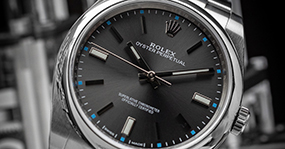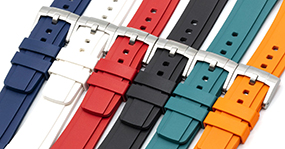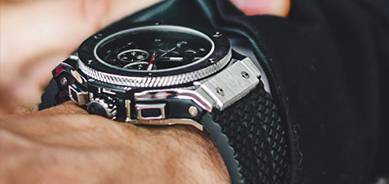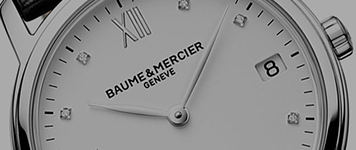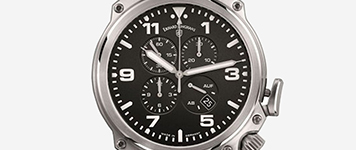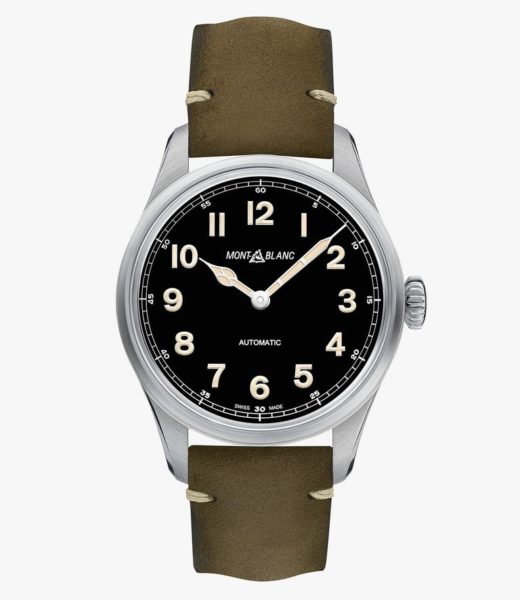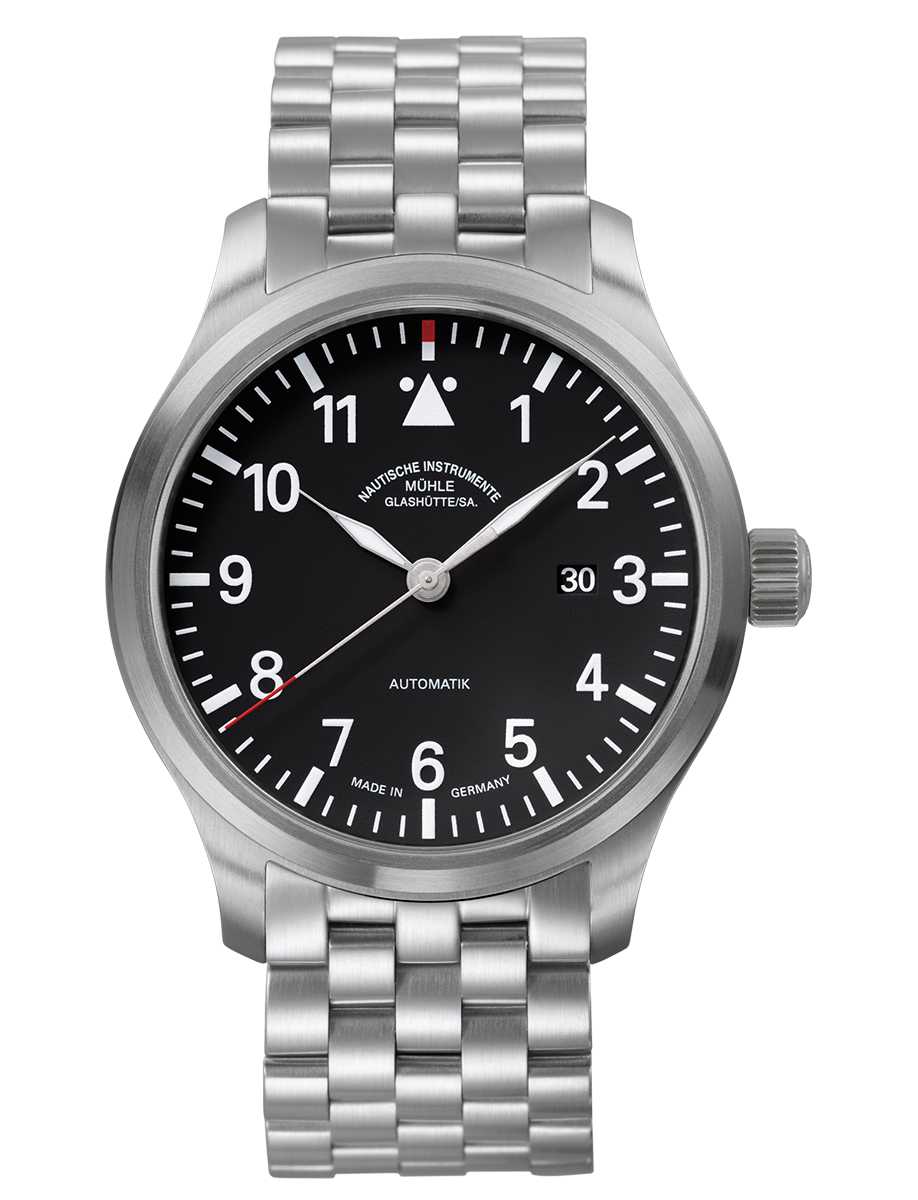
The Origins of the Iconic and Timeless Field Watch
The field watch, or the trench watch as it was called before, is a style of watch originally designed for use by soldiers in World War I. They were the first watches to be designed and manufactured on a mass level.
Prior to this, wristwatches were generally thought of as accessories, not tools, and were primarily designed for women. They were considered too delicate for a man, so most men resorted to only using pocket watches.
Trench Watches and World War
During WWI, the trench watch – so named for it’s use during trench warfare – raised the accuracy of military tactics as it allowed officers to plan attacks down to the second. It helped them capture enemy positions with timed heavy artillery, charges, and stealth.
The field watch was a standard military issue in World War II, and so they had to be lightweight. Due to the number of field watches needed, manufacturing on a mass scale was an obstacle. Thus the design was streamlined for mass production, with special attention paid to durability and ease of use.
When WWII ended, the resultant surplus of military gear meant field watches were abundant in the United States and across Europe. Like many products originally designed for military use (Jeeps, synthetic rubber, etc.), field watches soon became a fixture of many American and European homes.
The NATO strap
The NATO strap is a type of nylon watch strap featuring two loops that provide a more secure form of attachment for watches. Originally designed by the British Ministry of Defence and designated as part number “G1098”, these practical straps quickly became referred to as “G10″s. Over time, this changed to “NATO” as the G10 part number is one of thousands of “NATO Stocking Numbers”, or NATO’s for short. Made from sturdy nylon, it dries quickly after being exposed to water or sweat. Nylon is the perfect material for combat since it won’t degrade or wear down easily. In addition, the unique way that NATO straps loop between lugs means that even if one spring bar fails, the watch will remain attached to the wrist. For this reason, NATO straps have become a natural pairing for the durable field watch.
The Field Watch Today
Today, the field watch maintains the same design and style as it did when it was solely used as a utility watch. The true nature of a field watch is simplicity. Thanks to high contrast between hands and dial, field watches can be easily read at a glance and in low light. This makes them perfect for modern field-related activities that require the wearer’s full attention on the task at hand. The field watch also has almost zero complications or additional functions making it highly reliable and durable.
Conclusion
This watch had its beginnings as a solution for the military during both world wars. Today, its classic styling and wide versatility has solidified it as one of the most popular varieties of watch in the world. It is widely used by people working and adventuring in harsh environments because of its durability and utility. For many watch enthusiasts, a field watch is a must-have for any collection. The field watch is a timeless piece that played a massive role in shaping our history and will remain iconic for years to come.
Shop Feldmar Watch Company’s collection of durable and classic field watches today!



